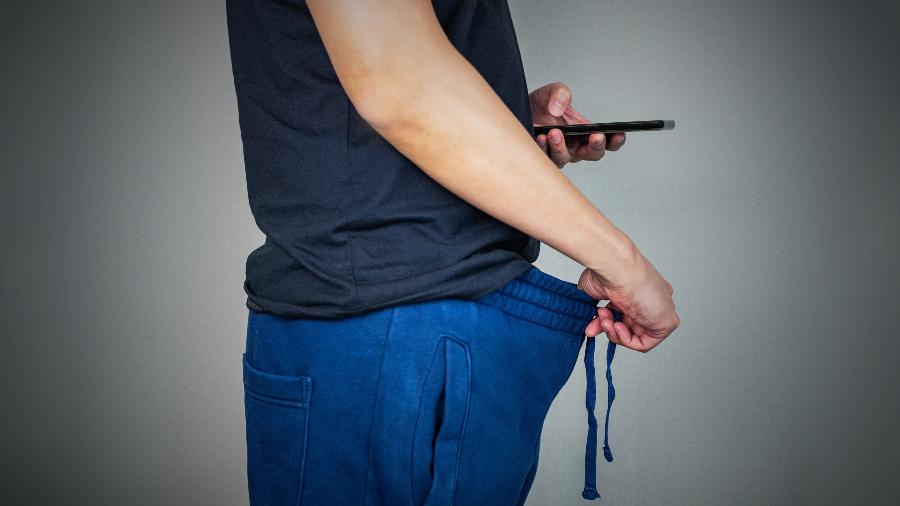Mulheres relatam menos sexo e menos prazer depois da menopausa, diz estudo

Após a chegada da menopausa, o número de relações sexuais e a satisfação com estas sofre uma grande queda, como revela um estudo publicado na revista científica "Menopause Journal" na última semana.
Segundo uma pesquisa feita com 4,5 mil mulheres britânicas acima dos 50 anos, menos de um quarto delas permanecia sexualmente ativa. Os motivos para a falta de sexo na menopausa, além de queda de libido, também variavam entre a viuvez, impotência sexual do parceiro e problemas de saúde da própria mulher.
Em uma outra etapa do estudo, foram analisadas pesquisas que reuniram um total de 24.305 mulheres, metade delas com 64 anos ou mais. Entre elas, 4.418 proporcionaram mais detalhes.
Entre as conclusões, estavam as de que 22,5% das mulheres entre 50 e 75 anos tiveram relações sexuais no mês anterior. Além disso, 34,7% disseram que a falta de um parceiro as motivou a desistir de transar. Entre as 65,3% que disseram ter um parceiro, apenas 34,5% disseram estar sexualmente ativas.
Obstáculos
Muitas mulheres citaram sintomas típicos da menopausa como importantes motivos para desistirem do sexo, como secura vaginal e dor durante as relações, além de problemas de autoestima.
*com Reuters














ID: {{comments.info.id}}
URL: {{comments.info.url}}
Ocorreu um erro ao carregar os comentários.
Por favor, tente novamente mais tarde.
{{comments.total}} Comentário
{{comments.total}} Comentários
Seja o primeiro a comentar
Essa discussão está encerrada
Não é possivel enviar novos comentários.
Essa área é exclusiva para você, , ler e comentar.
Só s do UOL podem comentar
Ainda não é ? Assine já.
Se você já é do UOL, faça seu .
O autor da mensagem, e não o UOL, é o responsável pelo comentário. Reserve um tempo para ler as Regras de Uso para comentários.